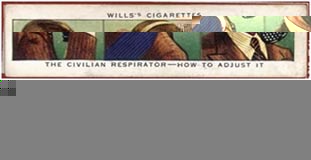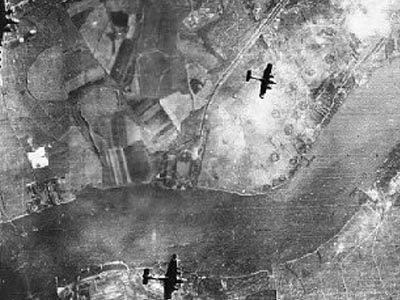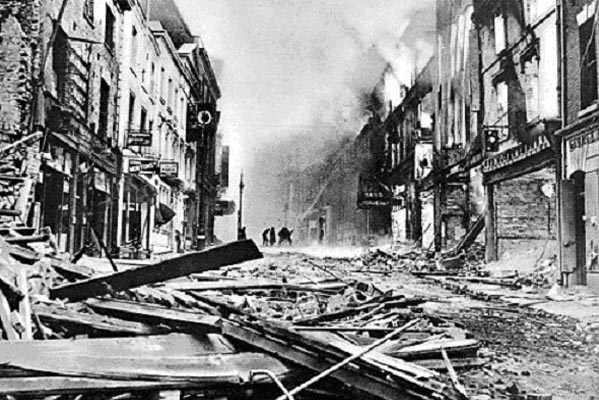The Second World War - The Blitz - World War Two - The Blitz
The Blitz
What was the Blitz?
The Blitz was the Luftwaffe's constant air raids on British cities during the Second World War. The objective of the Blitz was to force Britain to seek peace by undermining British morale and by damaging British industry and commerce to the point where Britain was unable to produce the materials required to make war.
What does Blitz mean?
Blitz came from the word Blitzkrieg meaning "Lightning War" in German. Blitzkrieg was used to describe the fast attacking tactics that the German Army and Air force had employed at the start of the Second World War to quickly overrun enemy forces using mechanised troops supported by bombers.
When was the Blitz?
The Blitz started on the 7th September 1940 when the Luftwaffe switched from trying to defeat the RAF and concentrated on destroying British cities. The Blitz continued until the summer of 1941. The air raids continued until the end of the war but they weren't as heavy or as constant. The raids were conducted mainly at night to make it much harder for fighters to shoot the bombers down.
Why did the Blitz fail to reach its objective?
The Luftwaffe was not prepared for the task. The Luftwaffe was structured and equipped to provide tactical support to the German army. Its aircraft were relatively short range and lacked the payload to deliver a heavy enough weight of bombs to the targets.
The British people were well led and refused to be intimidated by the German attacks.
On June 22nd 1941 Adolf Hitler initiated Operation Barbarossa, the German invasion of Russia. This operation was a vast undertaking and required the support of the majority of the Luftwaffe's resources. As a consequence the attacks on Britain diminished dramatically.
Was Gas ever used?No, Gas was not used during the Second World War. It was feared that it would be used and everybody was issued with a gasmask, including special types for small babies. |

WW2 GAS MASK - Art Print - Medium - 28x35cm |
What cities were bombed?
The Blitz attacks were focused on London but many other cities were targeted too. The raids were aimed at major ports like Bristol, Liverpool, Portsmouth, Plymouth, Swansea and Cardiff or at major manufacturing and economic centers like Birmingham and Manchester. Coventry was subjected to a concentrated attack that devastated the city much the same as Rotterdam had been.
London
London was the primary target of the Luftwaffe. London was a major centre of commerce and the seat of government. It also had a very large population.
The docks in East London were an especially important target since a lot of the essential resources, like oil and rubber, and food from overseas were unloaded and stored there.
The first serious raid on London was on 7th September 1940. A larger raid took place on 15th September 1940, a date now known as Battle of Britain Day. These early raids were directed at the port facilities. They were during daylight and London was at the limit of fighter cover so the Luftwaffe suffered serious losses. From early October the raids were conducted at night-time to avoid heavy loss.
Coventry
During the night of 14th November 1940 Coventry was subjected to a devastating attack lasting 10 hours when around 500 tons of explosives and nearly 900 incendiary bombs were dropped by the Luftwaffe. The attack destroyed much of the city. More than 4,000 homes were destroyed and over 500 people were killed. Further injury and sickness followed caused by unsafe buildings, lack of food and water and damaged waste systems.
Photographic Print of Coventry Burning after an Air-raid; Second World War, 1940 from Mary Evans
RAF Bomber Command later conducted similar attacks on German cities but on a far greater scale. The attack on Coventry was said to be the stimulus for Bomber Command's strategy.


